
By Melanie Mulcaster, Mishelle Pitter-Adlam & Amanda Williams-Yeagers
In learning commons environments, we show honour to the communities we serve when we afford multiple opportunities for students to see their identities and lived experiences reflected in the learning we co-construct and co-facilitate. This can be done in two ways:
- By drawing upon the genius and cultural capital of the learners we serve, and choosing texts for learning with a culturally responsive stance. Using culturally relevant pedagogies and equity frameworks for teaching provincially required curriculum and an empathic approach to teaching and learning means greater student engagement and retention.
- By providing multiple means of expression for learning. Relying on print as a means of expression excludes many of our diverse learners and the talents and skills they possess in alternate modalities. New coding expectations within the curriculum provide us with new platforms for learning and additional communication tools that might benefit many of the learners we serve in our environments.
Culturally Responsive Pedagogy
Culturally responsive pedagogy and practice is integral to uncovering the individual cognitive ability of the student and their lived experiences, not just their cultural background.
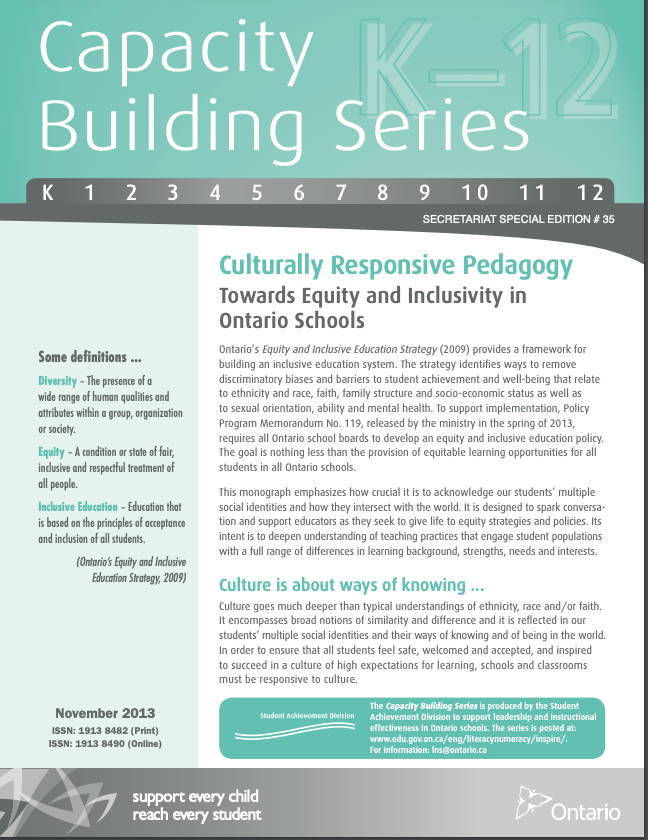
“Culturally responsive pedagogy is not about “cultural celebrations,” nor is it aligned with traditional ideas around multiculturalism. It involves careful acknowledgement, respect and an understanding of difference and its complexities”
Ontario Ministry of Education (2013). Capacity Building Series: Culturally Responsive Pedagogy.
We seek to recognize the cultural capital of the learners we serve in order to deepen connections and strengthen learning capacity.
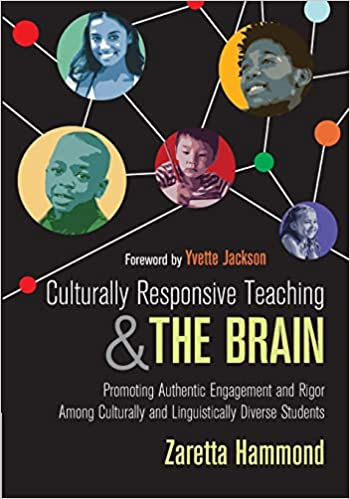
“An educator’s ability to recognize students’ cultural displays of learning and meaning making and respond positively and constructively with teaching moves that use cultural knowledge as a scaffold to connect what the student knows to new concepts and content in order to promote effective information processing. All the while, the educator understands the importance of being in a relationship and having a social-emotional connection to the student in order to create a safe space for learning.”
Zaretta Hammond (2015). Culturally Responsive Teaching and The Brain: Promoting Authentic Engagement and Rigor Among Culturally and Linguistically Diverse Students, p. 15.
As a part of our role as curriculum leaders within the school communities we serve, we connect educators and learners with texts as provocations that not only align with the curriculum but are reflective of their intersectional identities and lived experiences. This is a process that requires thought, purpose and intentionality.
Hammond emphasizes distinctions of equity when doing equity work, and this work should be ubiquitous to and in our learning journeys with the communities we serve. In our own learning circle, Hammond’s distinctions are often referred to when thinking about selecting the right text, for the right learner, in the right context for the right learning activity.
What might we need to consider when choosing texts for learning? Which texts will make the most impact for the learners we serve in the way that we use them in learning experiences?
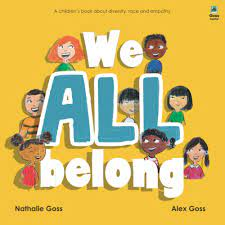
Multicultural Education
Concerns itself with exposing privileged students to multiple perspectives, and other cultures. For students of colour, the focus is on seeing themselves reflected in the curriculum.
Diversity and inclusion efforts
live here.
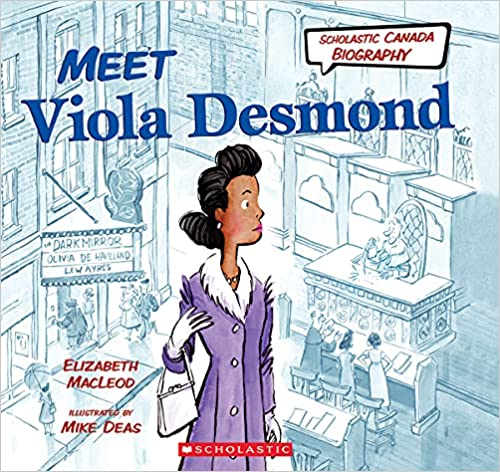
Social Justice Education
Concerns itself with creating a lens to recognize and interrupt inequitable patterns and practices in society.
Anti-racist efforts live here.
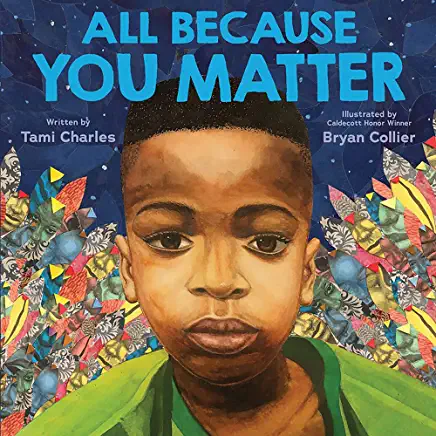
Culturally Responsive Education
Concerns itself with building cognitive capacity and academic mindset by pushing back on dominant narratives about people of colour.
Efforts to accelerate learning
live here.
Adapted from Z. Hammond’s Distinctions of Equity
Reading, writing and learning need to be more than words on a page; learning needs to propel us into action and empower our whole beings. When we recognize that writing in itself is multimodal, then we can provide students with powerful opportunities to communicate what they know using different modalities. When we consider not just a text, but its ability to move us, then we are setting the groundwork for meaningful learning and learning that inspires students into action.
Dr. Gholdy Muhammad encourages educators to assemble “text sets” to ground learning experiences which explore diverse perspectives and include multi-modal forms of expression. These text sets not only speak to the multi-modalities in which students learn, but also can layer means of accessibility in compliance with AODA guidelines.
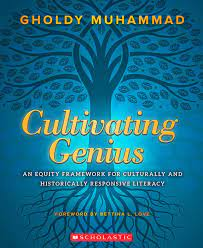
“…when teachers layer multiple short, powerful, multimodal texts… students have a better chance at academic and personal success. Layered texts should help students understand local, national, and global communities and incite social critique and should support the HRL Framework.“
Gholdy Muhammad (2020). Cultivating Genius, pg. 147.
Culturally Responsive and Equity Frameworks for Learning
As teacher-librarians in our school and library learning commons spaces, we continue to reflect on our teaching and learning practices and ask:
How might we continue to interrupt systems and teaching practices that have not served all learners well?
The Historically Responsive Literacy Framework created by Dr. Gholdy Muhammad is one possible equity framework for teaching and learning across all disciplines that teacher librarians could employ in their learning evnironments. This model honours culturally and historically responsive pedagogies.
The framework is built on five layers, or five “learning pursuits” that Muhammad believes should receive equal priority in our teaching and learning.
Identity – taking pride in yourself; grounding against potentially negative societal messages
Skills – necessary for growth
Intellectualism – thought processes that can change the world
Criticality – identifying changes needed in society
Joy – essential to one’s learning journey
This framework has been key to creating learning experiences with the learners we serve in our library learning commons environments.
| Identity | Skills | Intellectualism | Criticality | Joy |
| How does the curriculum (including texts and exercises) help students to learn something about themselves and/or about others? | How does the curriculum (including texts and exercises) respond to or build students’ skills and standards? | How does the curriculum (including texts and exercises) respond to or build students’ knowledge and mental powers? What are they becoming smarter about? | How does the curriculum (including texts and exercises) engage students’ thinking about power and equity and the disruption of oppression? | How does the curriculum (including texts and exercises) impart happiness in learning something new? |

HRL Framework in Practice – K-8 Coding Learning Experiences
Using coding as one of the means to communicate and explore understanding, Amanda, Melanie and Mishelle have explored the five part equity framework. It has become a staple in our planning for historically and culturally responsive literacy instruction that incorporates critical thinking, knowledge acquisition, meaningful and authentic learning and joy.
Our methodologies include opportunities to tinker, explore and create with no tech, low tech, and high tech applications for learning that supports integrated instruction across the K-8 curriculum.
On page 161 in Cultivating Genius, Dr. Mohammad outlines one example of how coding can be taught through an equity framework.
From Gholdy’s example, we were able to construct our own learning experience frameworks and text sets to align with cross curricular expectations from Kindergarten to Grade 8. We have included some additional examples that can be accessed on the slide deck linked here.
In all of our endeavours, we seek to honour the learners we serve by placing student identity and lived experiences as the centre of all learning. We know that it is essential for our learners to see themselves reflected in learning materials on a daily basis. Admittedly, we are still learning and would love to continue working and grow with our student, teacher-librarian and educator communities.
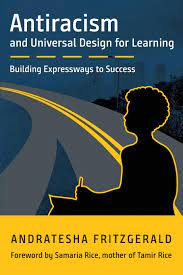
“Honouring our students by creating opportunities to customize our instruction celebrates learning needs and learning differences instead of shunning them. Providing multiple means of representation shows students you have thought ahead about their background knowledge and experience, community and cultural references, and other aids to understanding which communicates a strong desire to see the entire community of learners succeed. This is honour.“
Andratesha Fritzgerald (2020). Antiracism and Universal Design for Learning, p.87
How might you honour the communities you serve?
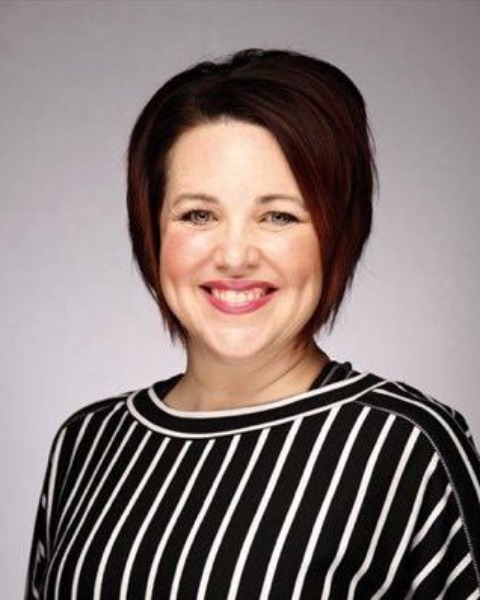
Melanie Mulcaster is on secondment to TVO as an Instructional Liaison. She is the Coordinator for School Library Learning Commons and the Professional Library with the Peel District School Board in Ontario, and member of the Ontario School Library Association Council. A life long learner and maker, she is passionate about inspiring and empowering modern learners to discover, connect, innovate and explore. On Twitter, she is @the_mulc.
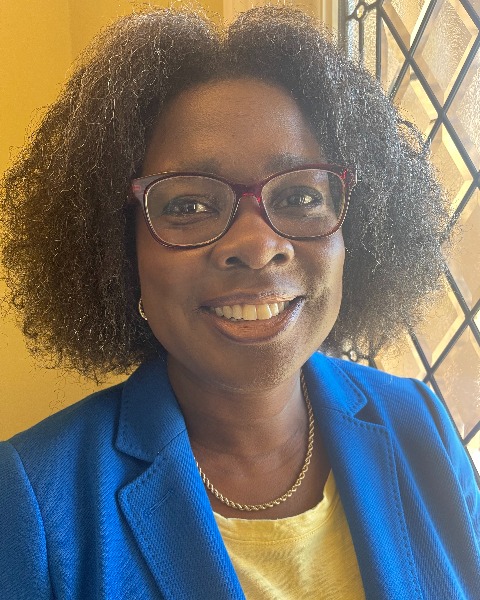
Mishelle Pitter-Adlam is a teacher-librarian for the Peel District School Board (PDSB). I am a Black Canadian female who has presented at PDSB staff meetings, Ontario Library Association (OLA), Ontario Teachers’ Federation (OTF), and has been a curriculum writer for Elementary Teachers’ Federation of Ontario (ETFO) and PDSB. I have been teaching and learning for 20+ years. I have learned alongside grades kindergarten through grade eight learners. I have always believed that when we see ourselves in the subject matter it creates an instant positive visual affirmation of “self” and perhaps motivation for engagement. My role as teacher-librarian has provided me with an excellent opportunity to curate collections of BIPOC resources that not only address the curriculum but also my school community.
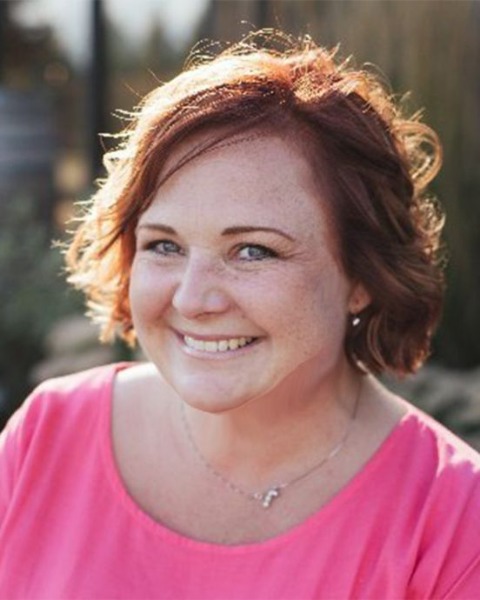
Amanda Williams-Yeagers is an elementary educator/teacher-librarian with the Halton District School Board and is concluding her Masters of Education with Wilfrid Laurier University. She facilitates integrated programming with students in Kindergarten to Grade 8 as well as focusing on innovative practice with educators within her school board. Amanda has facilitated arts-based workshops across the province for the last ten years and internationally on a variety of topics including technology integration, innovative practice, and drama and dance in education. Amanda currently also works as a sessional instructor at both Brock University and Wilfrid Laurier University’s faculties of education.